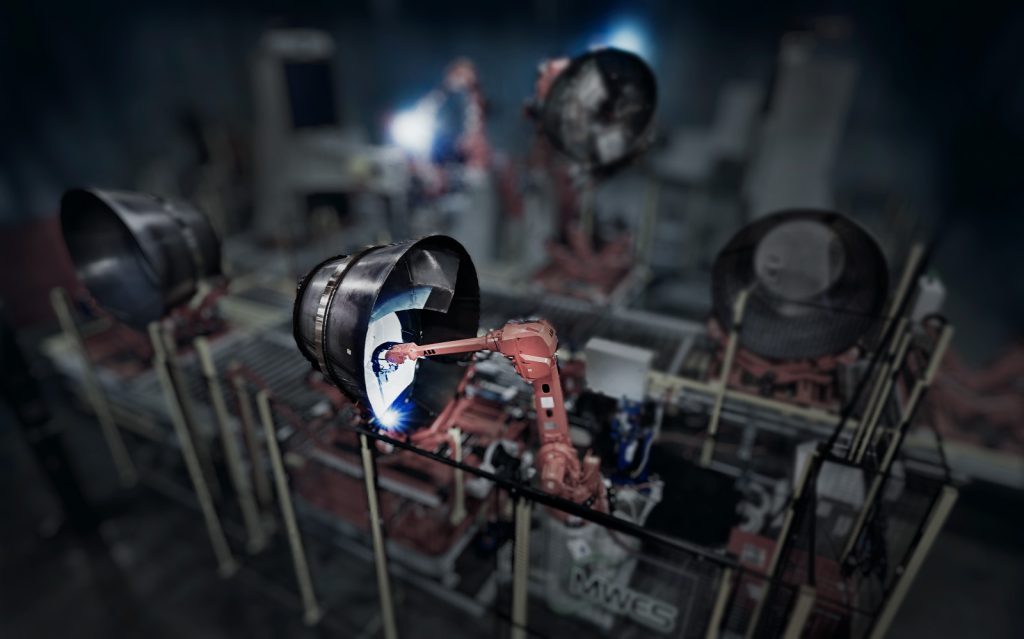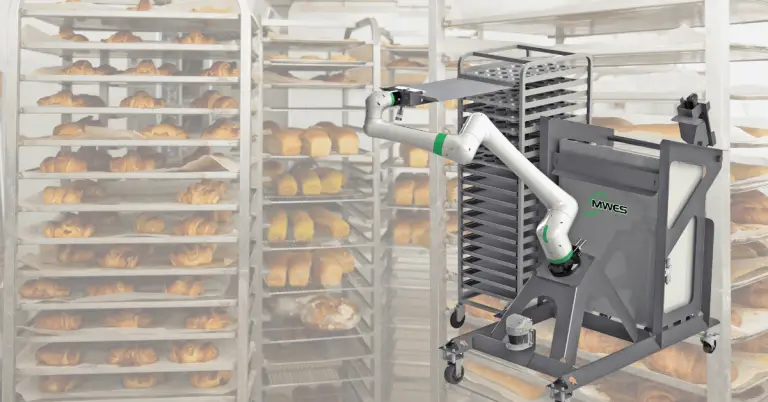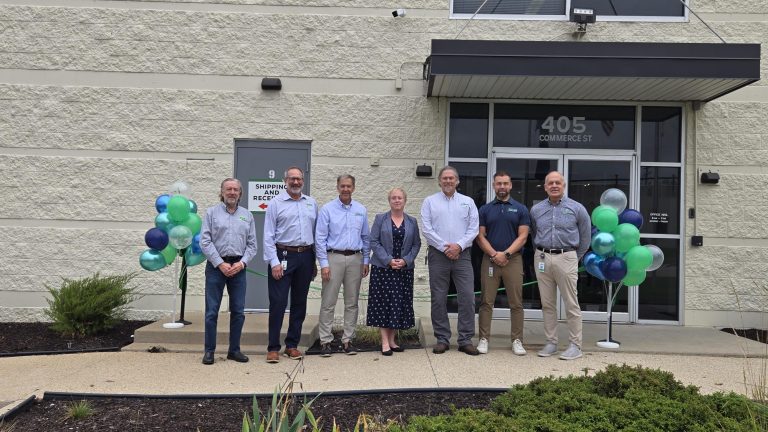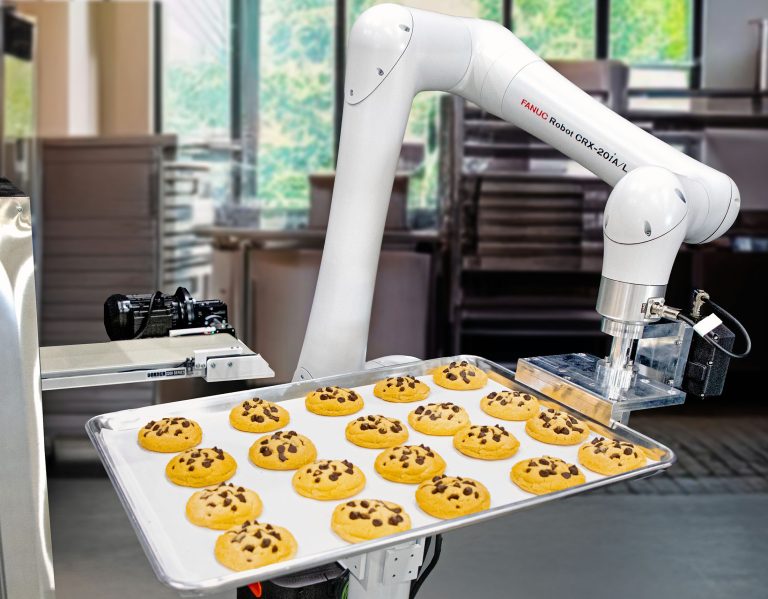Lights-out manufacturing is not a fantasy, but a reality that is becoming more common in the manufacturing sector. It requires the support of various technologies, such as machine learning, cloud data, machine vision and robotics. These technologies allow machines to communicate with each other, monitor the production process and perform tasks fully autonomously. It also requires a data-driven approach that can optimize the performance and health of the machines and enable predictive maintenance allowing it to achieve higher manufacturing efficiency and productivity.
What is lights-out manufacturing?
Lights-out manufacturing refers to the automation of industrial processes to the point where human intervention is minimal or unnecessary. Lights-out manufacturing can also be referred to as a “dark factory” because, as the name implies, the lights in the factory can essentially be turned off while the robot and automation systems operate on their own, enabling 24/7 production with minimal human supervision and involvement. To make that happen, the automation systems utilize sensors, cameras, vision systems, artificial intelligence (AI) and the Internet of Things (IoT) to monitor and control the entire production process.

The benefits that lights-out manufacturing provides are reduced labor costs, increased productivity, improved quality and safety, and minimized environmental impact. By eliminating human errors and variability, lights-out robotic manufacturing can ensure consistent and high-quality output. Additionally, by reducing the need for human workers, lights-out manufacturing can lower the risk of accidents and injuries, as well as exposure to hazardous materials and conditions. By optimizing the use of energy and resources, lights-out manufacturing can reduce waste and emissions and contribute to your business’s sustainability goals.
Lights-out manufacturing is not some futuristic concept, but a reality that is already happening in several industries. It is expected to become more widespread and sophisticated in the future, as technology advances and customer demands change. It is not only a way to save costs and improve quality but also a way to innovate and create new opportunities for growth as a means to achieve higher levels of efficiency, quality and innovation.
Ultimately, lights-out manufacturing will not replace human workers entirely, but work as a complement to them that will enhance their capabilities and performance. Midwest Engineered Systems is here to help with that. We have extensive experience with integrating robotics into existing factory automation systems and building and designing entirely new ones. Equipped with vision systems, machine learning, sophisticated control systems and elaborate safety features, MWES can bring down your current operating costs and help provide your operation with a sizeable return on investment.
Contact us today, and speak with one of our Applications Engineers to see if a lights-out factory powered by robotic automation is right for your manufacturing operation.



